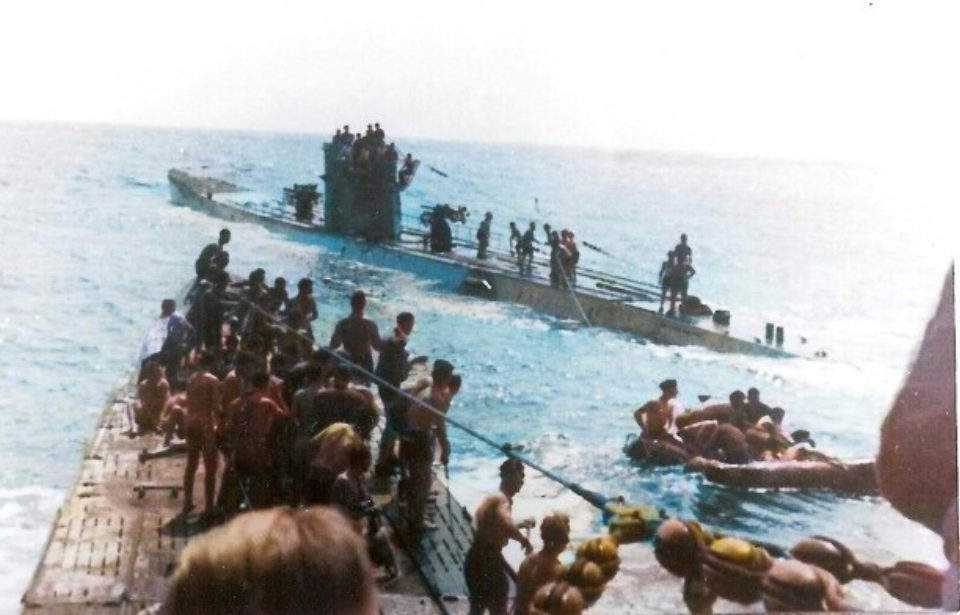During the Second World War, an incident occurred that appeared to make the Germans the heroes and paint the Americans in a bad light. While initiated by the Kriegsmarine, it saw a negligent response from the US Army Air Forces and the deaths of hundreds of people, including women, children and prisoners of war (POWs). This event in history is best known as the Laconia Incident.
The RMS Laconia (1921) served in several different roles
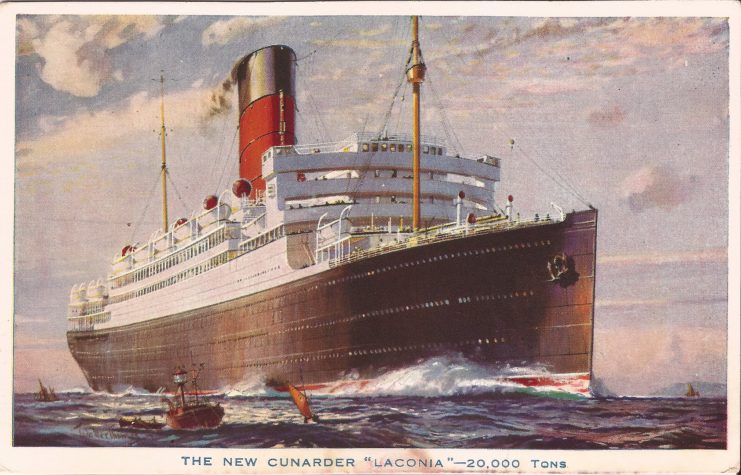
The RMS Laconia (1921) was the second of her kind built by Swan, Hunter & Wigham Richardson, Ltd. She was the successor to the original RMS Laconia, which sailed from 1911-17, until her sinking during the First World War. The second ocean liner made her maiden voyage on May 25, 1922.
At the outbreak of the Second World War, she was converted into an armed merchant cruiser, and, by January, 1940, had been fitted with eight six-inch guns and two three-inch high-angle guns. By that October, the remaining passenger accommodations were removed, in the hopes of increasing her buoyancy to keep her afloat longer in the event she was struck by a torpedo.
During summer 1941, Laconia was reconverted into a troopship that ran across the Atlantic. In September 1942, she was carrying over 2,700 passengers on a voyage toward the United Kingdom, including British personnel, women, nurses, civilians, Polish soldiers and Italian POWs. It was on this journey that she met her demise, in what would be remembered as the Laconia Incident.
Ordering an attack on the RMS Laconia (1921)
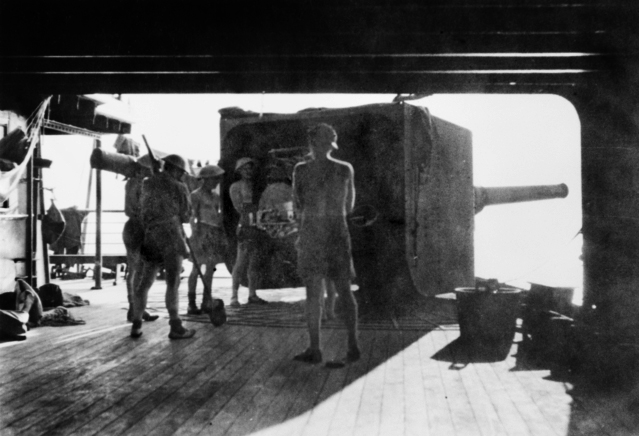
At 8:10 PM on September 12, 1943, the German U-boat U-156, commanded by Korvettenkapitän Werner Hartenstein, fired a torpedo at the RMS Laconia, which immediately exploded into the former ocean liner’s holds, on the starboard side. Approximately 1,800 Italian POWs were aboard the ship, many of them located in the holds, which resulted in their immediate death following the explosion.
Capt. Rudolph Sharp, who was in control of Laconia, was in the midst of trying to gain control of the situation when a second torpedo was launched and struck the troopship. With no other alternative, he ordered Laconia be abandoned and that women, children and any injured personnel be loaded onto lifeboats.
Passengers rushed to safely board the lifeboats or secure life vests. Those who were able to tried to row away “because when a big ship like that goes down, it creates a lot of suction.”
Efforts to save survivors were made by both sides
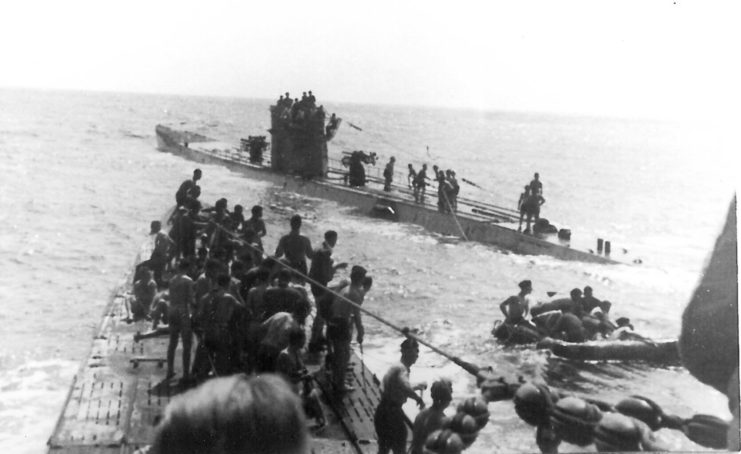
When Hartenstein ordered the attack of the RMS Laconia, he hadn’t realized the majority of passengers were Italian POWs, nor did he know there were also civilians onboard. He only discovered this when his U-boat took on prisoners. After realizing this, he switched the operation to a rescue mission.
Hartenstein called for several other U-boats to join in the effort. They arrived bearing Red Cross flags, which signaled a rescue operation. One French and two British warships had also been sent to help, as well.
A British survivor, Cmdr. Geoffrey Greet, recalled what happened in an interview with The Guardian, saying, “Hartenstein spoke very good English. He assured me there were boats coming from Dakar. It became obvious he was a much better man than we had thought.”
He added that “no U-boat captain who would sit on the surface all that time and risk his own life is a bad man,” and remembered Hartenstein “was trying to help the women and children and the Italian prisoners […] He desperately tried to convince us he was doing something that was for our own good.”
American attack on the German rescue effort
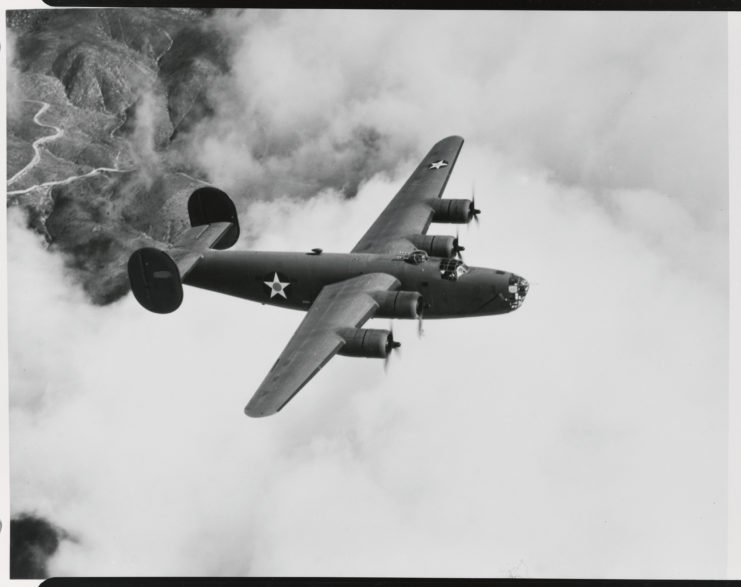
Over the course of several days, the Axis and Allied ships continued their rescue operation. The Allies, however, assumed the mission was a trap. A US Army Air Forces Consolidated B-24 Liberator was flying over the area and saw what was going on. Allegedly, Hartenstein radioed the pilot for assistance, who, instead, bombed the German U-boats.
The bombing was conducted on the orders of the senior officer on duty at nearby Ascension Island, Robert C. Richardson III, who later claimed he was unaware of Hartenstein’s radio message. The attack caused slight damaged to U-156, and, in response, the U-boat submerged and abandoned the rescue mission, leaving many survivors behind. The bombing also killed many survivors of Laconia‘s sinking and destroyed multiple lifeboats.
Many believe the Americans didn’t want what occurred during the Laconia Incident to be revealed, as they’d be viewed as the villains. Whether or not the Red Cross flags were visible from the air is unclear. However, Hartenstein had made all necessary efforts to relay to the Allies that his intentions were no longer to attack.
The Laconia Incident resulted in a large loss of life
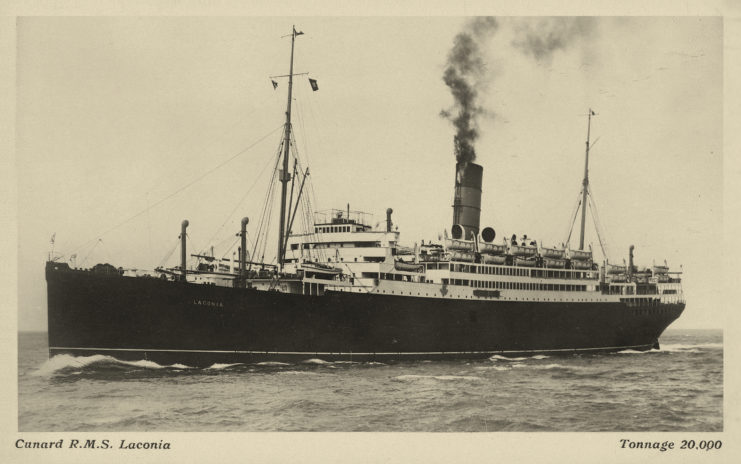
Following the Laconia Incident, Adm. Karl Dönitz, the supreme commander of the Kriegsmarine‘s U-boat forces, issued the Laconia Order. This ordered German U-boat commanders to never rescue survivors following attacks, stating that “all efforts to save survivors of sunken ships […] must stop.”
The sinking of the RMS Laconia resulted in a major loss of life. It’s estimated more than 1,650 passengers drowned following the attack, with the majority of those killed being Italian POWs. Comparatively, 1,503 people died in the sinking the RMS Titanic. As the rescue boats from the Allies tried their best to save survivors, they had to trudge through dead bodies.
More from us: USS Independence (CVL-22): The First Dedicated Night Carrier of the US Navy
“The sea was absolutely dark with dead bodies,” Greet explained. “We were looking for people who might be alive, but we had 64 in a boat designed for 32. We fixed up a rope some could hang on to, but they were not there in the morning. That was the longest night of my life. I remember seeing a young blonde girl with her hair floating around her on the sea and next to her was a woman with her hat on. Both were dead. It was macabre.”
